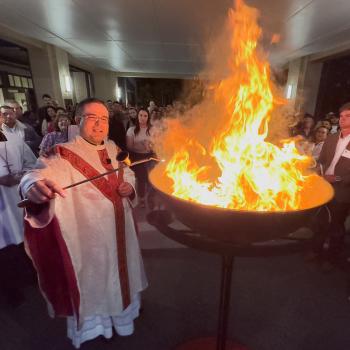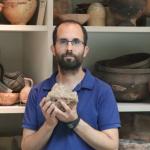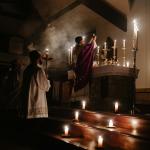Earlier this year I had the opportunity to visit the National Reserve of Paracas in Peru. A breathtaking, arid peninsula jets out into the Pacific Ocean bringing together one of the driest places on earth with the mighty Pacific Ocean. Rich in wildlife and inspiring landscapes, I had a blast driving through the reserve where at times I had to make my own way through the desert. Time was against us, I was afraid night would fall and we would still be in the middle of the desert.
Being from Peru, I have always known about Paracas. Every Peruvian child learns about the famous burial sites in Paracas where the dead were wrapped in beautiful textiles and placed underground. I was surprised a few months ago when I found in the Delta Airlines Magazine a whole article on Paracas. I suppose it has now achieved international recognition.
This truck above drives on a road that crosses through the Paracas Reserve. Below, a car decides to make its own path at full speed.
Below are some shots of Supay Beach in the Reserve. The wind was so strong that you could not hold a conversation. I could have stayed on this spot for hours looking over the cliff.
Above is the site of the now destroyed rock formation nicknamed the Cathedral. An amazing arch used to connect the mainland with the island. Unfortunately it collapsed during the 2007 earthquake.
In the middle of nowhere!
Visiting Lagunillas, a tiny fishing community with great restaurants inside the Paracas Reserve.
The National Reserve of Paracas includes the famous Islas Ballestas which are rich in wildlife. Just this one island had an estimated one million animals on it, including penguins! Islands like this one along the Pacific Ocean made Peru rich in the 19th century when the animal waste (guano) was harvested and sold throughout the world.
Penguins above. Notice how many birds there are all over the island!
Sea lions making lots of noise
Many more sea lions
The scenery was stunningly beautiful. The smell however was terrible. All the white that is seen on the islands is excrement. It was an experience of the sacred and profane.
The mysterious Paracas candelabrum. Its origin is unknown, but it has been “shinning” in Peru’s coast for over 2,000 years.
Going back to the harbor after a great visit to the Islas Ballestas
Pictures are mine, all rights reserved.
















